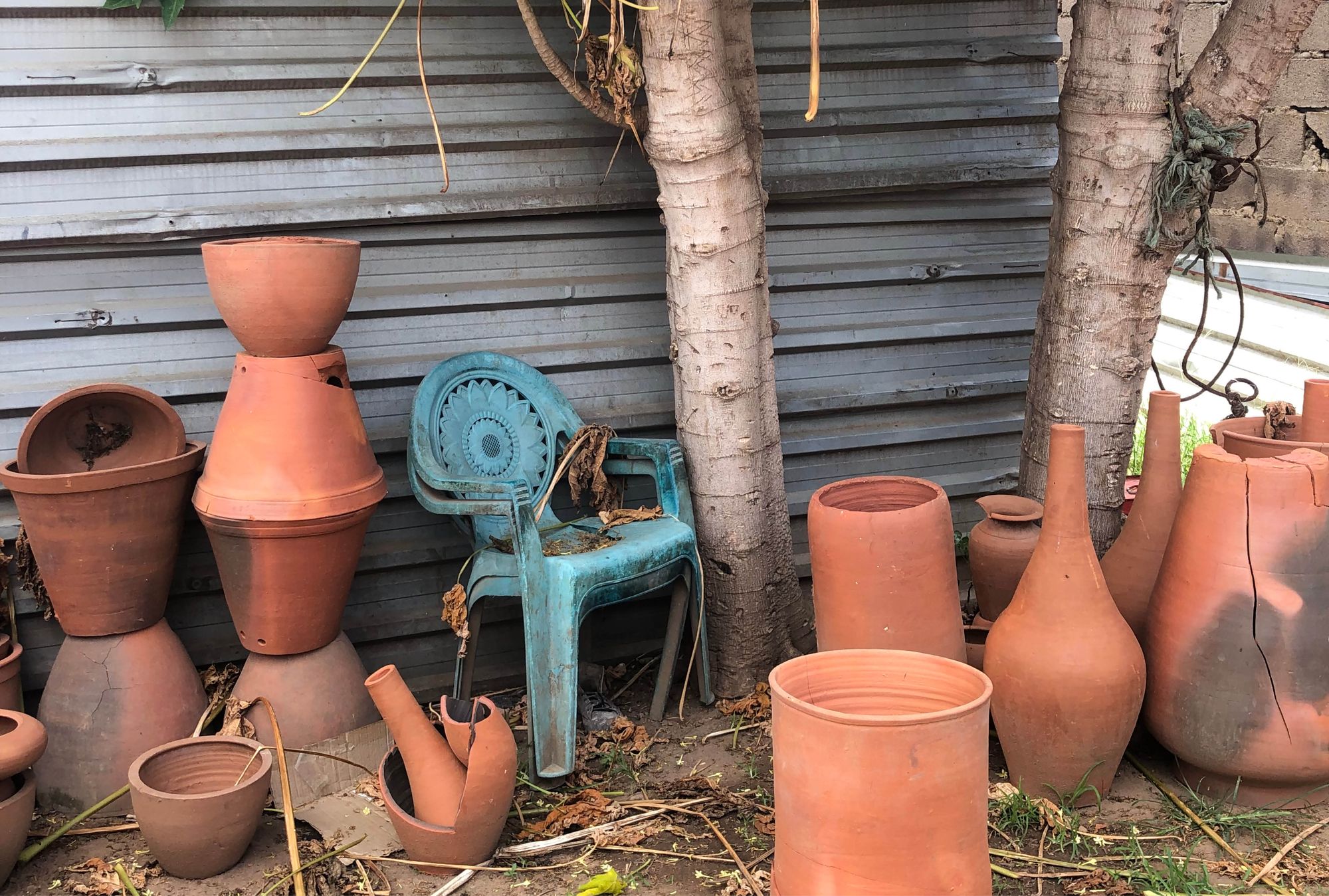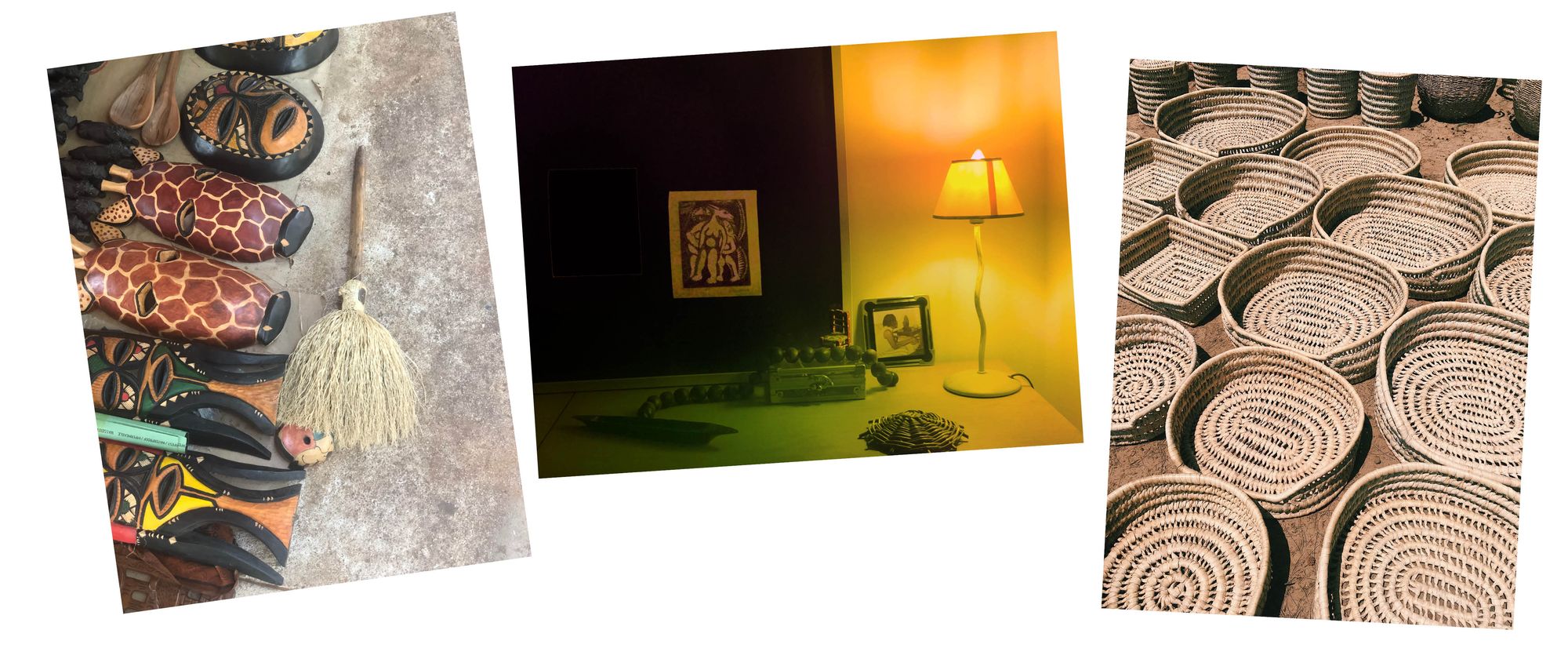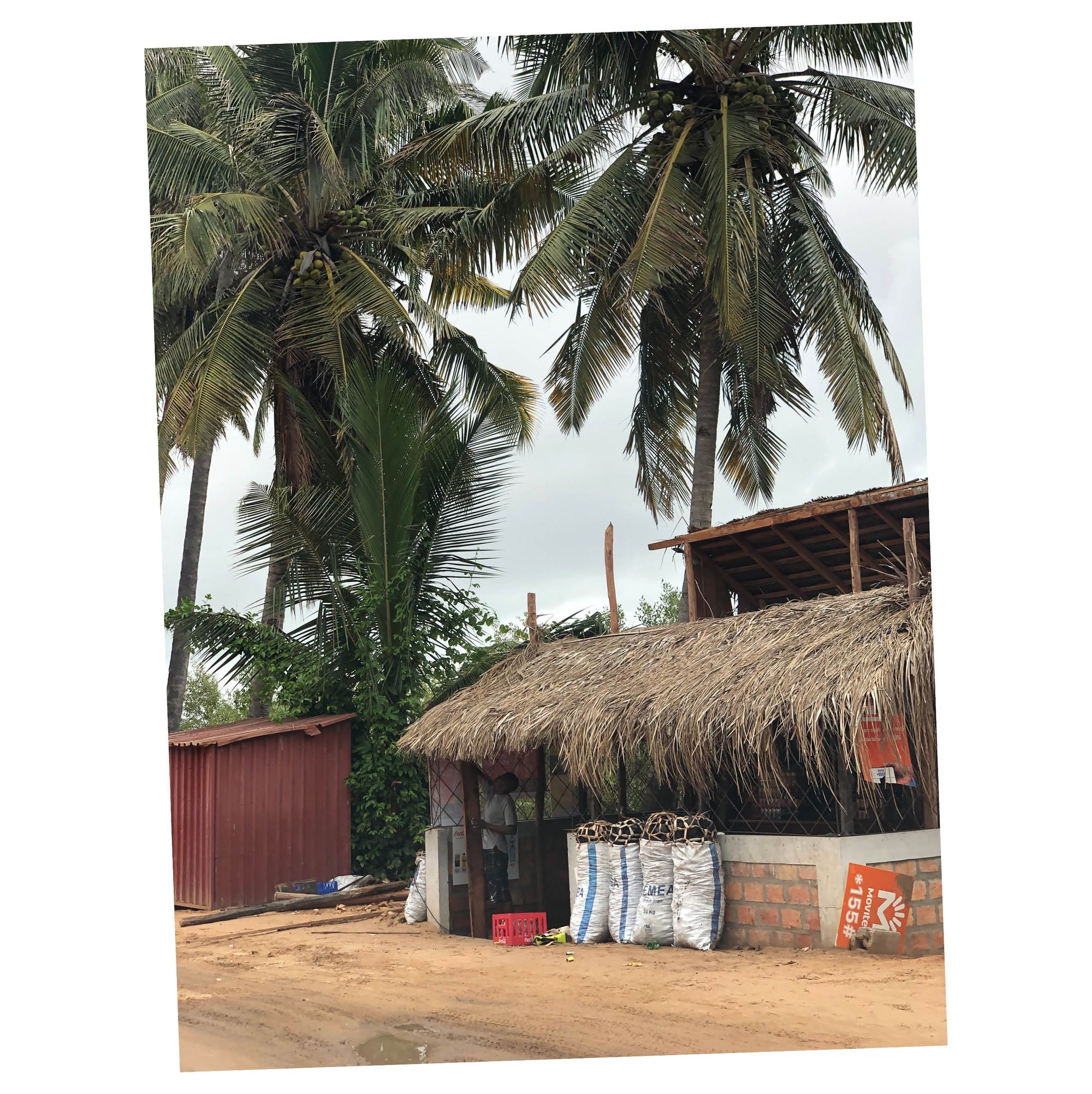
As a child, my mom and I would spend every Saturday morning at Feira do Pau. Feira do Pau, or The Ebony Market, was our local outdoor craft market and a weekend staple in the city of Maputo, Mozambique, where I grew up. This Saturday market joined many craftspeople from the region to trade goods such as traditional capulana clothes, clay vases, batiks, ebony and sandalwood sculptures, baskets, and many other traditional craft pieces from all over the country and its neighboring lands. Now closed over ten years ago, this weekly gathering holds a fond place in my memory with the bright spark of color it used to bring to the streets surrounding Maputo’s Fort. To many in the city, Feira do Pau was a souvenir stop to buy a gift before visiting a friend or to mark a special occasion, and with time, it became a “souvenir” place for me as well. The word souvenir originates from French, and translates to “memory” or “to remember.” After all, what am I doing, when I buy and collect such pieces, if not spreading throughout my current home in Lisbon, Portugal little reminders of where I am from?

If I have to think about the role of crafts and Feira do Pau for my mom and me back then, it was about solving our simple needs: our desire for beauty and identity. It provided us with a remarkable opportunity not only to strengthen our relationship with one another, but also to forge a deeper connection with our surroundings. We had the privilege of engaging directly with the people who produced the goods we consumed, gaining valuable insights into their origins and witnessing firsthand the expertise and perspectives they brought to their craft.
“Our creations are open invitations for use and collective contribution.”
One day, while strolling through the market, my mom pointed at a stunning bowl. Crafted from clay and fired in a brick kiln, it displayed enchanting fire stains that spanned a range of shades from warm terracotta to deep black hues. “I really need a new vase for the plant Aunt Mena gave me; this looks nice!” she said.
“This is a bowl; it doesn’t have a hole,” I replied.
“Don’t worry, mãe, I can drill you a hole in no time,” the artisan offered.
“You better not, or it’ll break the vase,” my mom warned him.
“Let’s do it like this—I see you, mãe, every week walking around the market. Next Saturday, I’ll have a new bowl with a hole.”
The next Saturday, there it was—not only our perfectly holed vase exactly how my mom needed it, but six identical others as well. It became a new product this man now proudly displayed on his stand.
As I recollect this trivial dialogue, I realize how it reflects our way of designing. Our objects don’t come with name tags. They are vases; they are sinks; they are bowls. Our objects don’t often come with signatures, and they certainly never come with rules:
“Do not bleach!”
“Do not machine wash!”
“Handle with care!”
Rather, our creations are open invitations for use and collective contribution. Through their usage, we take part in designing our reality every day, since no one knows our needs better than we do. That’s the beauty of crafts—how it invites you inside the pieces, and has the power to connect you to who and where they are made. A sense of identity is shared through a crafted object, and it broadens a conception of authorship toward the community. A crafted object can work as a tangible document of the time, climate, social structures, and identity of a place. By simply admiring a basketry piece, you can get a glimpse into a culture’s reality. The materials will tell you about the local resources, while the size can hint at the maker’s stature. The colors and patterns will suggest how the craftsperson expresses joy, and the object’s precision may hint at their introversion. Moreover, when looking at a crafted piece, you are not only facing one creator—rather, you are seeing a series of individuals that, through generations, succeeded in passing down and adapting their knowledge and know-how to transform their resources into goods.
“That’s the beauty of crafts—how it invites you inside the pieces, and has the power to connect you to who and where they are made.”
I feel as though I have contributed toward shaping our objects. Not as a designer, but as a person proud to buy, wear, cook, handle, and contemplate our pieces. I have contributed with my requirements, and my belief that I would find my needs met in our trips to Feira do Pau. And I don’t state this with vanity or pretension—because nothing globally is ever made for us. Instead, we proudly take part in collectively designing our reality every day, since no one knows our needs better than we do.

Feira do Pau closed permanently around 2010, giving way to FEIMA, a daily market of crafts, flowers and gastronomy.
Iany Gayo (she/her) is a Lisbon-based Mozambican designer. After leaving Mozambique to study Architecture, she discovered the discipline of design which brought her back to her upbringing’s interest in crafts, ancient techniques, and local materials. In 2020 she co-founded MACHEIA, a design studio focused on natural fibers, ancient techniques, and their continuity.
This text was produced during Resistance Stories of Design—a workshop organized by Onomatopee and Futuress as part of the HistoricALL! project. The text was first published in the riso-printed homonym zine HistoricALL! A collective rewriting of design history with an introduction by Maxime Benvenuto as well as contributions by curator Cecilia Casabona, all workshop participants and the workshop leaders, Alvin Arthur, Mayar El Barky, Annika Frye, Kilian Frieling, Noam Youngrak Son, Maya Ober, Margarita Osipian, and Leanne Wijnsma. This version of the text has been slightly edited.
Title image: Clay vases from local potter, Maputo, Mozambique. (Photograph by Iany Gayo)














